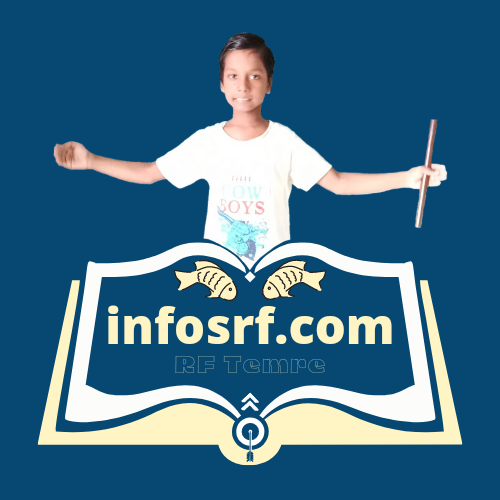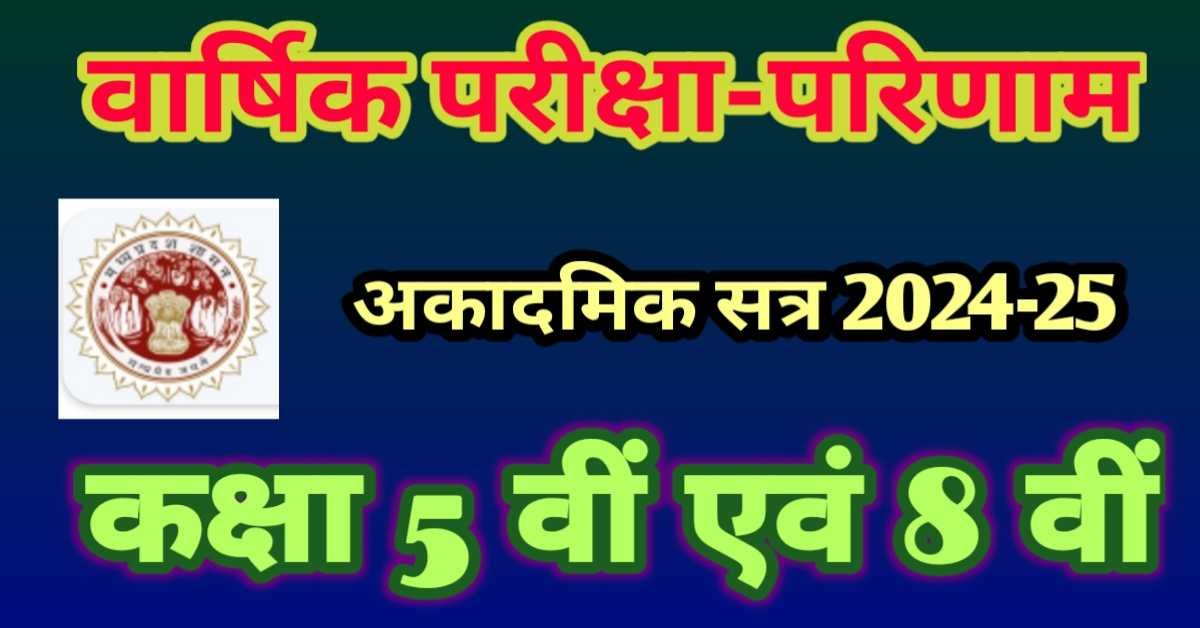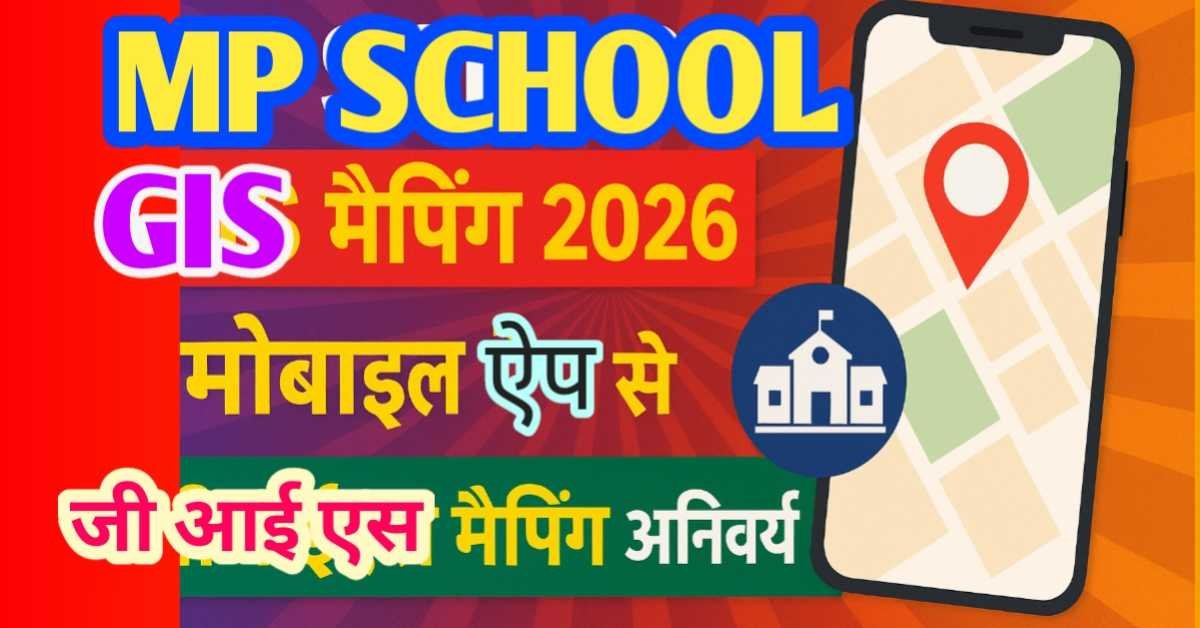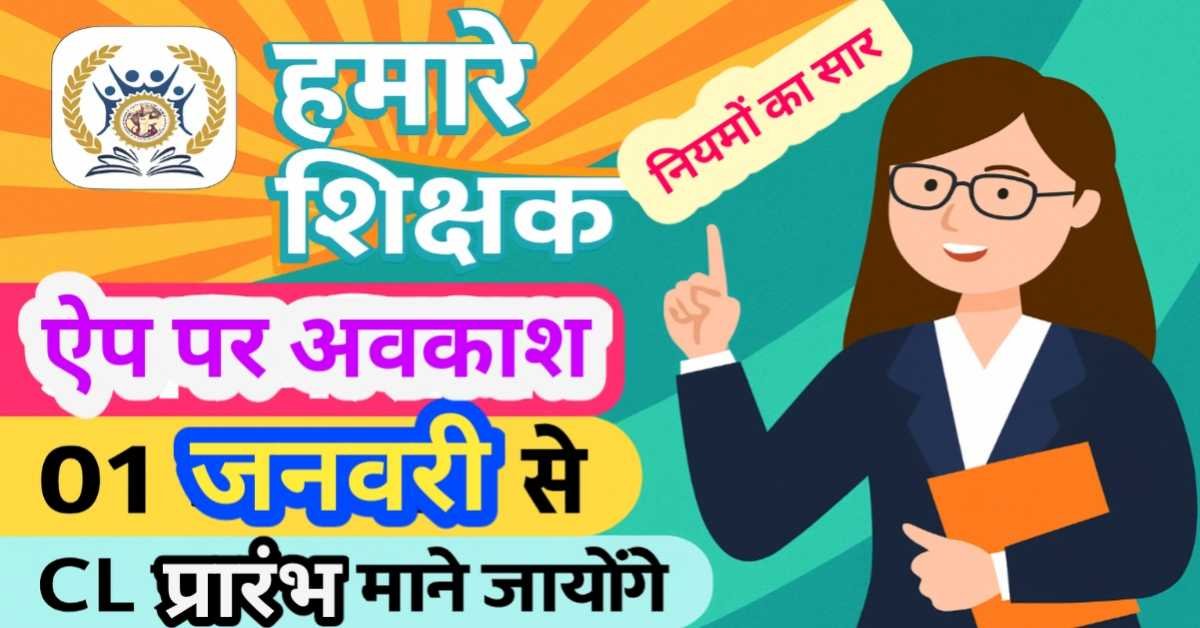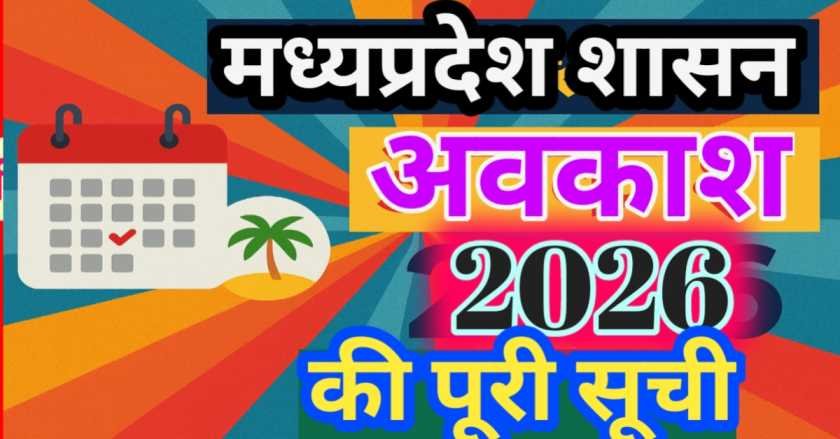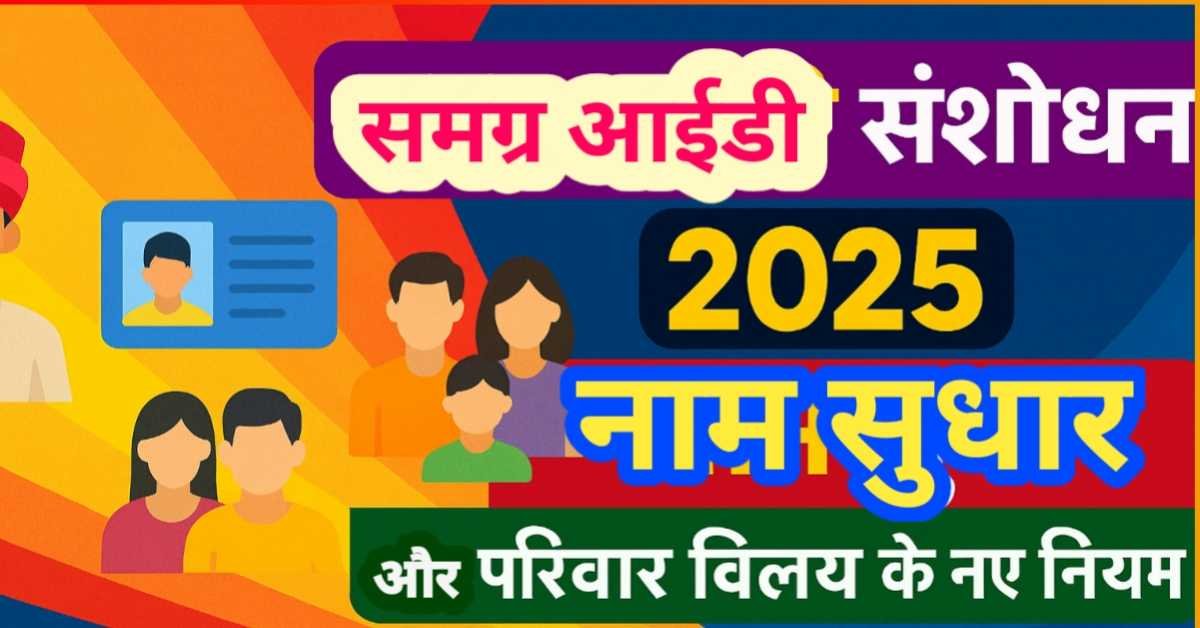
सारांश~ Important 13 मुख्य बातें NISHTHA (निष्ठा) Module 1 - पाठ्यचर्या एवं समावेशी शिक्षा
(Curriculum and inclusive education)
‘राष्ट्रीय पाठ्यचर्या की रूपरेखा’ राष्ट्रीय स्तर पर एन.सी.ई.आर.टी. (National Council of Educational Research and Training) द्वारा विद्यालयों की शिक्षा एवं दैनंदिन कार्यों को मार्गदर्शन देने के लिए तैयार की जाती है, जिसमें सारे संवैधानिक मूल्य जैसे– समता, सामाजिक न्याय, धर्मनिरपेक्षता और हमारा वैज्ञानिक दृष्टिकोण को शामिल किया जाता है।
[2] पाठ्य पुस्तकों में विविधता का कारण :-
राष्ट्रीय स्तर पर तैयार पाठ्य पुस्तकें, आंचलिक स्तर के संदर्भों का ध्यान रखकर तैयार की जाती हैं क्योंकि भारत विविध संस्कृति, खान-पान, वेशभूषा वाला देश है। बच्चों को स्थानीय पर्यावरण का ज्ञान हो और इसी के सहारे वे वैश्विक ज्ञान की तरफ बढ़े।
[3] भारत में NPE एवं NCF :-
राष्ट्रीय शिक्षा नीतियों में पहली राष्ट्रीय शिक्षा नीति 1968 बनी, जिसके अनुसार 1975 की पहली राष्ट्रीय पाठ्यचर्या की रूपरेखा (NCF-National Curriculum Framework) का निर्माण हुआ। दूसरे नंबर पर 1986 की राष्ट्रीय शिक्षा नीति बनी और इसके आधार पर क्रमशः 3 राष्ट्रीय पाठ्यचर्या की रूपरेखा एनसीईआरटी के द्वारा तैयार की गई, वे 1988, 2000, 2005 हैं। इसके पश्चात 34 वर्षों के बाद तीसरी राष्ट्रीय शिक्षा नीति आई है- 2020 जिस पर अभी कार्य चल रहा है
[4] हिडन करीकुलम :-
हिडन करिकुलम (गुप्त पाठ्यचर्या)- नाम से स्पष्ट है गुप्त अर्थात छिपी पाठ्यचर्या। शिक्षकों द्वारा विद्यार्थियों को अपने व्यवहार एवं संकेतों के माध्यम से कुछ खास बातों का एहसास कराना जिससे कि वे महसूस कर उन्हें अपने व्यवहार में ला सकें। जैसे लड़के लड़कियों को पृथक बैठाना, पृथक प्रसाधन गृह की व्यवस्था जिससे बच्चे लड़के-लड़कियों जैविक अंतर को समझ लेते हैं।
[5] समावेशन का कारण :-
दिव्यांग बच्चों का समावेशन सामान्य विद्यालयों में ही होना जरूरी है, जिससे कि आँख कान, शारीरिक रूप से या मानसिक रूप से हीन बच्चे अपने ही परिवेश में रहकर अपनों को, अपने परिवेश को समझ सके। हर चीज उनके लिए जानी पहचानी हो, जिससे उनका जीवन सहज व सरल बन सके। शिक्षक यदि अपना मन बना लें कि मुझे पढ़ाना है तो सब कुछ मुमकिन है।
[6] समावेशी शिक्षा एवं नीतिगत ढाँचा :-
समावेशी शिक्षा- शिक्षा की ऐसी प्रणाली जिसमें सामान्य बच्चों के साथ-साथ दिव्यांग बच्चे भी सामान्य बच्चों की तरह सीखे, पढ़ें। आवश्यकता सिर्फ होती है दिव्यांग बच्चों के शिक्षण अधिगम जरूरतों की पूर्ति करना।
● समावेशी शिक्षा के अंतर्गत कानूनी प्रावधान (नीतिगत ढाँचा)
(i) 6 से 14 वर्ष की आयु वर्ग के समस्त बच्चों को निशुल्क एवं अनिवार्य शिक्षा का अधिकार है।
( संविधान के अनुच्छेद 21 ‘अ’ के अंतर्गत 86 वें संविधान अधिनियम 2002 के अनुसार )
(ii) 6 से 14 वर्ष की आयु वर्ग के हर बच्चे को प्राथमिक शिक्षा पूर्ण होने तक पड़ौस के विद्यालय में निशुल्क और अनिवार्य शिक्षा का अधिकार है।
(आरटीई अधिनियम 2009 जो कि 1 अप्रैल 2010 को लागू हुआ।)
(iii) गंभीर अक्षमता वाले बच्चों को घर पर ही रहकर शिक्षा पाने का पूर्ण अधिकार है। (आरटीई अधिनियम संशोधन 2012)
[7] RPWD एवं दिव्यांग बच्चों के अधिकार :-
RPWD (Rights of Persons with Disabilities) अधिनियम 2016 के अनुसार -समावेशी शिक्षा एक ऐसी प्रणाली है जिसमें विशेष आवश्यकता वाले बच्चे सामान्य बच्चों के साथ ही सीखते हैं। विशेष आवश्यकता वाले बच्चों की अधिगम जरूरतों की पूर्ति कर कक्षा को उनके लिए अनुकूलित किया जाता है।
●दिव्यांग विद्यार्थियों के अधिकार-
आरपीडब्ल्यूडी अधिनियम 2016 के अनुसार- 40% से अधिक दिव्यांगता वाले 6 से 14 आयु वर्ग के प्रत्येक बच्चे को अपने पड़ौस के या अपनी पसंद के किसी ‘विशेष विद्यालय’ में मुफ्त शिक्षा पाने का अधिकार है।
[8] The Animal School कहानी का सार :-
The Animal School कहानी का सार यही है कि बच्चों को उनकी खूबियों, विशेषताओं या उनके अंदर निहित क्षमताओं के अनुसार ही डिवेलप किया जाए। अन्य क्षेत्र जिनमें में अक्षम हैं या करने में कठिनाई महसूस करते हैं, उनमें उन्हें मजबूर न किया जावे, इसी से बच्चों का बेहतर विकास हो सकता है।
[9] शिक्षार्थी के स्थान पर स्वयं को रखकर देखना :-
शिक्षक जब स्वयं को एक शिक्षार्थी के स्थान पर रखता है तब वह जान पाता है कि बच्चे कब जल्दी सीखते हैं और कब जल्दी नहीं सीखते। बच्चे जल्दी नहीं सीखेंगे कब ? जब उन्हें भूख लगी हो, मानसिक रूप से थक गए हो, शिक्षक का चिड़चिड़ा व्यवहार, बच्चों को बोलने के कम अवसर मिलते हो, कक्षा में शांत बैठा कर उपदेशात्मक ढंग से पढ़ाया जा रहा हो, पढ़ाई में खेल-कूद एवं गतिविधियां समावेशन न किया जा रहा हो।
बच्चों को सीखने में आनंद तभी आता है जब शिक्षक प्रेंम पूर्वक व्यवहार करते हुए खेल एवं गतिविधियों का प्रयोग अध्यापन में अधिकाधिक रूप से करें।
[10] UDL की जानकारी :-
Universal Design for Learning (UDL) - शिक्षण अधिगम का एक ऐसा तरीका है जो कक्षा में प्रत्येक सीखने वाले की आवश्यकता का पूरा ध्यान रखता है। जिसमें सीडब्ल्यूएसएन बच्चे भी शामिल हैं।
◆ यूडीएल तीन मूल सिद्धांतों पर कार्य करता है।
(i) बहु साधन प्रस्तुति - अर्थात विभिन्न साधनों का प्रयोग कर सभी बच्चों का अध्यापन।
(ii) बहु साधन अभिव्यक्ति- अर्थात सीखने की सामग्री कई रूपों में होना चाहिए-जैसे प्रिंट, ऑडियो, वीडियो, ब्रेल, सांकेतिक भाषा आदि।
(iii) बहु साधन संलिप्तता : - अर्थात अध्ययन-अध्यापन के विविध साधनों का प्रयोग करना।
◆ यूडीएल की विशेषताएं –
(i) विद्यार्थी को अपनी पसंद के अनुसार दत्त कार्य पूरा करने की छूट रहती है।
(ii) यह लचीली शिक्षण पद्धतियों पर जोर देता है।
(iii) सीखने के लक्ष्यों को पूरा करने हेतु निरंतर प्रोत्साहन देता है।
(iv) व्यक्तिगत शिक्षण पर बल देता है।
[11] दिव्यांगों के प्रति कार्य-व्यवहार :-
दिव्यांग बच्चे चाहे दृष्टिबाधित, श्रवण बाधित, शारीरिक रूप से अक्षम या संज्ञानात्मक रूप से अक्षम हों, उनके साथ व्यवहार या अध्यापन के समय इन बातों का ध्यान रखना आवश्यक है।
(i) शिक्षकों का सरस एवं मधुर व्यवहार हो।
(ii) दिव्यांग बच्चों को उनके नाम से बुलाना।
(iii) वैकल्पिक कार्यों की छूट एवं समय सीमा लचीली रखना।
(iv) किसी भी तरह से ऐसे बच्चों पर सभी बच्चों का ध्यान केंद्रित कर आने से बचना ।
● दृष्टि बाधित हेतु :-
(v) अग्रिम पंक्ति में जगह आरक्षित करना, ब्रेल संस्करण एवं स्पर्श आलेखों की व्यवस्था, वास्तविक वस्तुओं का अधिक प्रयोग करना।
● श्रवण बाधित हेतु :-
(vi) कक्षा गोलाकार या अर्ध गोलाकार व्यवस्थित हो, चित्रों का प्रयोग करते हुए कम रफ्तार से बोले, कम सदस्यों वाले समूह में स्थान दें, खेल एवं गतिविधियों में सहभागी बनावे।
● शारीरिक रूप से दिव्यांगों हेतु :-
(vii) बैठने की सुलभ व्यवस्था हो, चित्र एवं डिजिटल सामग्री का प्रयोग करें, कक्षा में उपयुक्त आवागमन की सुविधा हो, लेखन के लिए दूसरे व्यक्ति (स्क्राइब) की सहायता ले (यदि जरूरत हो तो), खेलकूद में योग्य भूमिका दें।
● संज्ञानात्मक मानसिक दिव्यांग हेतु :-
(viii) छोटी इकाइयों का प्रयोग कर अवधारणा स्पष्ट करना, ठोस अवधारणाएं प्रदान करना, बहु संवेदी दृष्टिकोणों का उपयोग- जैसे दृश्य, स्पर्शनीय और श्रवण, परिचित शब्दावली का प्रयोग करना।
[12] विषय अध्यापन
विषय अध्यापन में इन बातों का ध्यान:रखें -
(समावेशी कक्षा में दिव्यांग जनों हेतु)
■ भाषा अध्यापन-
●भाषा को पढ़ाने के लिए लंबे पाठ या कहानियों की शुरुआत प्रभावी हो एवं बाद में उन अंशों को छोटे-छोटे भागों में बांट दिया जावे।
● कविताएं हाव-भाव के साथ सस्वर वाचन करते हुए दोहराना।
● दृश्य शब्दकोश के से नए शब्द सिखाना।
● प्रारंभिक रंगो का प्रयोग (छोटी कक्षाओं में दो ही रंगों का प्रयोग हो क्योंकि बच्चों को रंगों में अंतर कम करना ही आता है)
■ गणित अध्यापन :-
गणित अध्यापन हेतु स्थानीय मान के लिए- पैमाना, भिन्न के लिए- पेपर फोल्डिंग, आकृतियों की समझ के लिए ठोस वस्तुओं का प्रयोग।
■ पर्यावरण अध्ययन :-
पर्यावरण विज्ञान हेतु- सामूहिक गतिविधियों का प्रयोग, परिवेश में जाकर अध्यापन पर बल देना जैसे- वर्षा हेतु कीटों की आवाज एवं गड़गड़ाहट की रिकॉर्डिंग रखना, चित्रों एवं स्थानीय पेड़ पौधों का प्रयोग।
[13] समावेशी शिक्षा मूल्यांकन :-
समावेशी कक्षा हेतु मूल्यांकन (दिव्यांग विद्यार्थियों के लिए)-
समावेशी कक्षा में मूल्यांकन हेतु इन बातों का ध्यान रखना चाहिए।
(ii) प्रश्न के लिए पर्याप्त समय दिया जावे।
(iii) उत्तर प्राप्त करने के लिए लचीलापन जैसे- देखकर अथवा पहचानकर चुनना।
(iv) सही उत्तर पर रंग भरना, मिलान करना, काटना- चिपकाना आदि।
(v) उत्तर हेतु फ्लैश कार्ड शब्द कार्ड चित्र एवं वास्तविक वस्तुओं का प्रयोग करना।
(i) एक प्रश्न के लिए विभिन्न प्रतिक्रियाओं को प्रोत्साहन दें।
●●●●●●●●●●●●●●●●●●●●●●●●
[1] National Curriculum Framework (NCF): -
'National Curriculum Framework' NCERT at National Level. (National Council of Educational Research and Training) is designed to guide the education and day-to-day work of schools, which encompasses all constitutional values such as equality, social justice, secularism and our scientific approach.
[2] Reason for diversity in text books: -
Text books prepared at the national level are prepared keeping in mind the regional level references as India is a country with diverse culture, food and costumes. Children have knowledge of local environment and with this they move towards global knowledge.
[3] NPE and NCF in India: -
The first National Education Policy 1968 was made in the National Education Policies, according to which the first National Curriculum Framework (NCF-1975) was created. Secondly, the 1986 National Education Policy was made and based on this, the outline of 3 National Curriculum was prepared by NCERT respectively. 1988, 2000, 2005. After this, after 34 years, the third National Education Policy has come up - 2020, on which work is still in progress
[4] Hidden Curriculum: -
Hidden Curriculum (Secret Curriculum) - The name is clearly known as the hidden curriculum. Teachers make students feel certain things through their behavior and gestures so that they can feel and bring them into their behavior. For example, separate seating for boys and girls, separate toilet facilities so that children understand the biological difference between boys and girls.
[5] Reason for inclusion: -
Inclusion of children with disabilities is necessary in normal schools, so that children with eyes and ears, physically or mentally inferior, can live in their own surroundings and understand their surroundings. Everything should be known to them, so that their life can become easy and simple. If the teacher makes up his mind that I have to teach, then everything is possible.
[6] Inclusive education and policy framework: -
Inclusive education - a system of education in which both normal children and differently-abled children should learn like normal children. All that is required is to meet the learning learning needs of differently abled children.
● Legal provisions under Inclusive Education (Policy Framework)
(i) All children in the age group of 6 to 14 years have the right to free and compulsory education.
(As per 86th Constitution Act 2002 under Article 21A of the Constitution)
(ii) Every child in the age group of 6 to 14 years has the right to free and compulsory education in the neighborhood school till the completion of primary education.
(RTE Act 2009 which came into force on 1 April 2010.)
(iii) Children with severe disability have full right to stay at home and get education. (RTE Act Amendment 2012)
[7] Rights of RPWD and Divyang Children: -
According to the RPWD (Rights of Persons with Disabilities) Act 2016 - Inclusive education is a system in which children with special needs learn alongside normal children. The class is adapted to meet the learning needs of children with special needs.
● Rights of students with disabilities-
As per RPWD Act 2016 - Every child in the age group of 6 to 14 with more than 40% disability has the right to get free education in their neighborhood or in a 'special school' of their choice.
[8] Animal The Animal School Story Summary: -
The Animal School The essence of the story is that children should be developed according to their merits, characteristics or abilities inherent in them. Other areas in which they are unable or feel difficult to do, do not force them, this can lead to better development of children.
[9] Placing oneself in place of the learner
When a teacher places himself in the place of a learner, he is able to know when children learn quickly and when they do not learn quickly. When will children not learn soon? When they are hungry, mentally exhausted, irritable behavior of the teacher, less opportunities for children to speak, teaching calmly in the classroom in a preachy manner, did not include sports and activities in studies Are you going.
[10] UDL information: -
Universal Design for Learning (UDL) - is a method of teaching learning that takes care of the needs of every learner in the classroom. Including CWSN children.
◆ UDL operates on three core principles.
(i) Multiple means presentation - ie teaching of all children using different means.
(ii) Multi-modal expression - that is, learning materials should be in many forms - such as print, audio, video, Braille, sign language etc.
(iii) Multiple resource engagement - that is, using multiple tools of learning.
◆ UDL Features -
(i) The student is allowed to complete the work as per his choice.
(ii) It emphasizes on flexible teaching methods.
(iii) Constantly encourages learning goals.
(iv) Emphasizes personal learning.
[11] Our duties to Divyangs: -
Disabled children, whether visually impaired, hearing impaired, physically impaired or cognitively impaired, need to keep these things in mind when dealing with them or teaching them.
(i) Teachers should have succulent and sweet behavior.
(ii) Calling disabled children in their name.
(iii) Relaxation and time limit flexible for alternative work.
(iv) In any way to avoid focusing all such children on such children.
● For vision impaired: -
(v) Reserving space in front line, Braille version and arrangement of touch graphs, more use of real items.
● For hearing impaired: -
(vi) The class should be spherical or semi-spherical, using pictures to speak at a low speed, give place to a group with fewer members, participate in sports and activities.
● For Physically Handicapped: -
(vii) Have a convenient seating arrangement, use pictures and digital material, have proper movement in the classroom, take help of another person (scribe) for writing (if needed), give a suitable role in sports.
● For cognitive mental disabilities: -
(viii) Explaining concepts using small units, providing concrete concepts, using multi-sensory approaches - such as visual, tactile and auditory, using familiar terminology.
12. Keep these things in mind in subject teaching: - (For the differently-abled people in the inclusive class)
■ Language teaching-
● The introduction of long lessons or stories should be effective for teaching the language and then those parts should be divided into smaller parts.
● Recite poems reciting aloud.
● Teach new words from visual dictionary.
● Use of initial colors (use only two colors in small classes because children have to reduce the difference in colors)
■ Mathematics teaching: -
For local values for mathematics teaching - scale, for fractions - paper folding, use of solid objects for understanding shapes.
■ Environmental Studies: -
For environmental science - Use of collective activities, emphasizing teaching in the environment like - recording the sound and thunder of insects for rain, use of pictures and local tree plants.
13. Assessment for Inclusive Class (for differently abled students) -
These things should be kept in mind for evaluation in an inclusive classroom.
(ii) Give sufficient time for the question.
(iii) Flexibility to get answers such as seeing or identifying.
(iv) Coloring, matching, cutting-pasting etc. on the correct answer.
(v) To use flash cards, word cards, pictures and real objects for answers.
●●●●●●●●●●●●●●●●●●●●●●●●●●●
RF competition ●●●●●●●●●●●●●●●●●●●●●●●●●●●
Children enjoy learning only when teachers behave enthusiastically and use games and activities more and more in teaching.
(i) Encourage various responses to a question.
INFOSRF.COM
संबंधित जानकारी नीचे देखें।
(Watch related information below) 👇🏻

आशा है, उपरोक्त जानकारी उपयोगी एवं महत्वपूर्ण होगी।
(I hope the above information will be useful and important. )
Thank you.
लेखक
(Writer)
infosrf.com
